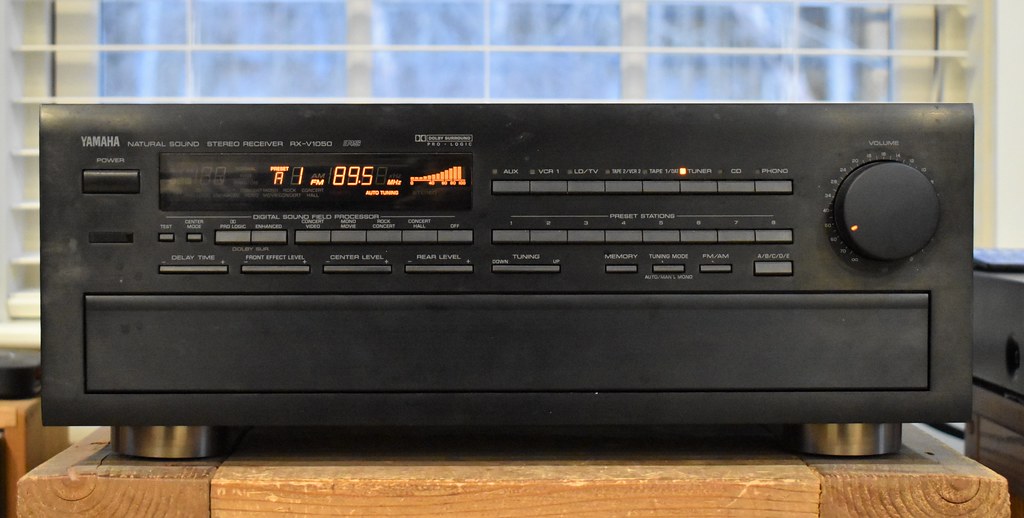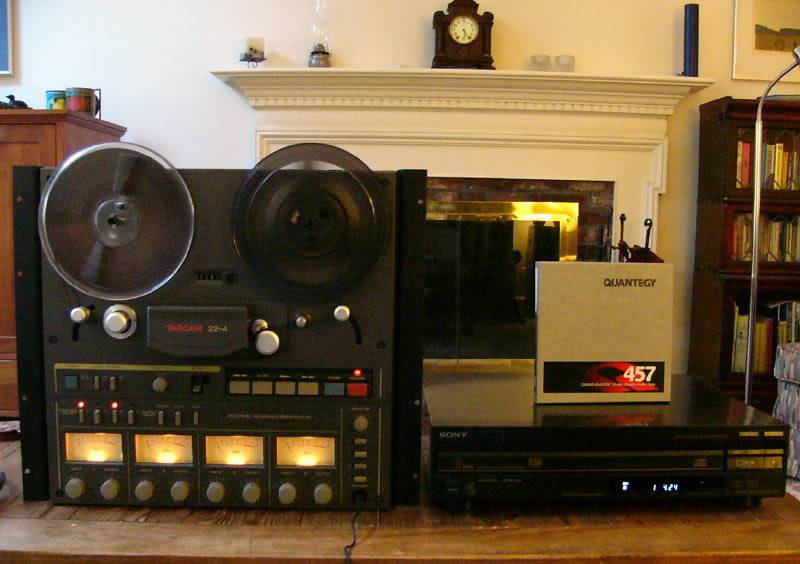mhardy6647
Grand Contributor
- Joined
- Dec 12, 2019
- Messages
- 11,372
- Likes
- 24,575
On topic -- I feel compelled to mention something that the old hands here know, but y'all youngsters might not know.
The "trick" being exploited here is to recover out of phase information "between" the stereo channels. There's nothing fake about this information -- it's embedded (so to speak) in the two-channel master. It's inaudible unless it's 'extracted', which is a trivial task. It is the difference of the L and R channel signals.
See, e.g.., page 218 of https://worldradiohistory.com/UK/Everyday-Electronics/70s/Everyday-Electronics-1975-04.pdf for a discussion of unearthing the "ambience" information in a two-channel recording.
Now, here's the problem. A minimially mic'd, carefully recorded, mixed and mastered recording (e.g., a symphony orchestra recorded "live" in a concert hall without using too many microphones or tracks to mix to get to a stereo master) will have quite "real" spatial information embedded in the two-channel mix. Such recordings should produce a "convincing" spatial... umm... "image" when subjected to ambience recovery.
The real world of "modern" (say, late 1960s onward) recordings is that very few are thus made. Virtually all "pop" recordings since those days (and, sadly, many recordings of "serious" music, too) are "multi-track mono", with instruments and vocals recorded separately (often in very "dead" acoustic enviroments) and then mixed together into (e.g.) a two-track "stereo" (remember that "stereo" derives from the Greek for solid) master. There is no spatial information from the recording venue. Any "ambience" in the final mix is artifactual and thus it will be what it will be if subjected to ambience extraction a la Hafler. Thus @Holdt's "weird sounds [and] weird levels".
To my way of thinking, this "feature" of modern recording tactics just makes Schiit's development (and marketing!) of their little box even more bizarrely tone-deaf. As I love to say, I think this is Schiit's way of making a little fun (maybe a lot) of its customers. "You want multichannel? OK, we'll give you multichannel! Heh-heh-heh...". Just as their SOL made fun of the vinylista.
to say, I think this is Schiit's way of making a little fun (maybe a lot) of its customers. "You want multichannel? OK, we'll give you multichannel! Heh-heh-heh...". Just as their SOL made fun of the vinylista.
Sort of the Frank Zappa school of countercultural marketing. "Hateful, repugnant, and a waste of money" was his description of one of the Mothers' early albums (probably We're Only in it for the Money -- his Sgt. Pepper's parody).
To yank this screed back on-topic Sgt. Pepper's Lonely Hearst Club Band will probably sound really odd through a Dynaco Dynaquad 'decoder' -- or the Schiity SYN.
Sgt. Pepper's Lonely Hearst Club Band will probably sound really odd through a Dynaco Dynaquad 'decoder' -- or the Schiity SYN. 
The "trick" being exploited here is to recover out of phase information "between" the stereo channels. There's nothing fake about this information -- it's embedded (so to speak) in the two-channel master. It's inaudible unless it's 'extracted', which is a trivial task. It is the difference of the L and R channel signals.
See, e.g.., page 218 of https://worldradiohistory.com/UK/Everyday-Electronics/70s/Everyday-Electronics-1975-04.pdf for a discussion of unearthing the "ambience" information in a two-channel recording.
Now, here's the problem. A minimially mic'd, carefully recorded, mixed and mastered recording (e.g., a symphony orchestra recorded "live" in a concert hall without using too many microphones or tracks to mix to get to a stereo master) will have quite "real" spatial information embedded in the two-channel mix. Such recordings should produce a "convincing" spatial... umm... "image" when subjected to ambience recovery.
The real world of "modern" (say, late 1960s onward) recordings is that very few are thus made. Virtually all "pop" recordings since those days (and, sadly, many recordings of "serious" music, too) are "multi-track mono", with instruments and vocals recorded separately (often in very "dead" acoustic enviroments) and then mixed together into (e.g.) a two-track "stereo" (remember that "stereo" derives from the Greek for solid) master. There is no spatial information from the recording venue. Any "ambience" in the final mix is artifactual and thus it will be what it will be if subjected to ambience extraction a la Hafler. Thus @Holdt's "weird sounds [and] weird levels".
To my way of thinking, this "feature" of modern recording tactics just makes Schiit's development (and marketing!) of their little box even more bizarrely tone-deaf. As I love
Sort of the Frank Zappa school of countercultural marketing. "Hateful, repugnant, and a waste of money" was his description of one of the Mothers' early albums (probably We're Only in it for the Money -- his Sgt. Pepper's parody).
To yank this screed back on-topic

 -Can the disposable nature of the product be more obvious?
-Can the disposable nature of the product be more obvious?

